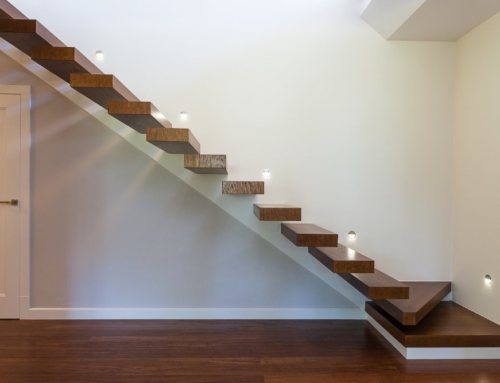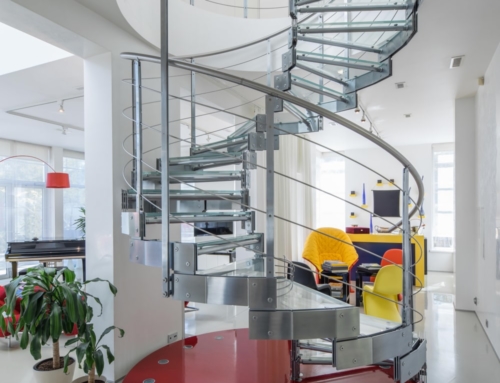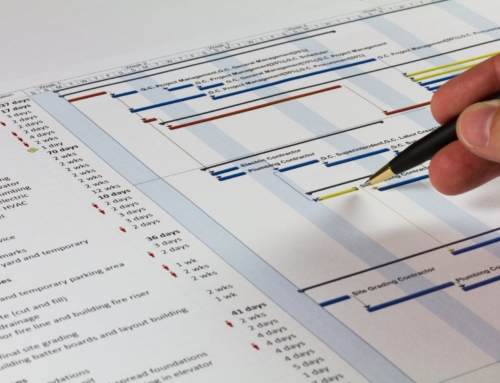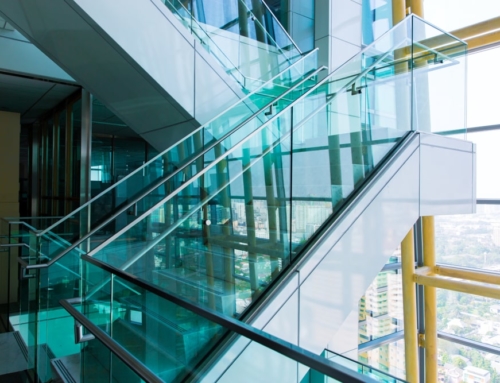One of the most popular modern staircase designs is the floating staircase, consisting of treads without risers, usually attached to a wall. The effect is a ‘floating’ in mid-air appearance, ideal for open plan layouts and homeowners who want to create an eye-catching staircase. While it’s a beautifully minimalistic design, this doesn’t mean you can’t add attractive details to ensure it suits your home. Here are some ideas.
The Support
The floating aspect of the structure is achieved via a staircase which is self-supporting. This usually means the ends of the treads are attached to a supporting wall on one side or a central stringer in which the treads protrude either side. While the support should be as well-hidden as possible to ensure the floating effect remains, its position will still add detail to the overall design. When choosing the support required, safety will come before aesthetics, but you can achieve both within the space with expert help.
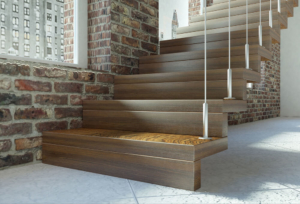 The Style
The Style
Think about your property style to help you discover some of the best details for floating staircases. Many people like to keep it simple with elegant timber treads that combine both traditional and modern looks. However, you could experiment with different materials, including stainless steel and glass, or even add a decorative touch with an elaborate handrail or stunning balustrade. If there’s a particular look you’re trying to achieve, such as an industrial style, speak to an expert designer about what they’d recommend for getting the finishing look perfect.
The Shape
Not every floating staircase will be straight. If you aim to make it a real feature of the room, think about how you’d like the design to take people to the next level of your home through its shape. As well as the standard and straight looks, you could consider spiral, L-shaped or even cantilever designs. You can also break up the appearance with smaller landings along the way for long and winding staircases, especially L-shaped or U-shaped stairs.
Safety Features
As well as attractive details you can add to the design, also think about the functionality of the staircase and who will be using it after installation. Safety is always a significant factor for floating stairs, so handrails are often preferred, which can also be fitted to the supporting wall or even a glass balustrade to keep the look minimal. Any additional safety features can be added as subtly as possible to the design. However, it’s essential to work with an expert designer as they understand how to get the balance right.
Want to design and install a floating staircase in your home?
Speak to the team at DDC London. We offer our staircase design services across the South East, including Buckinghamshire, Hampshire and Battersea. To arrange an initial chat about staircase design ideas for your home, contact us now.
